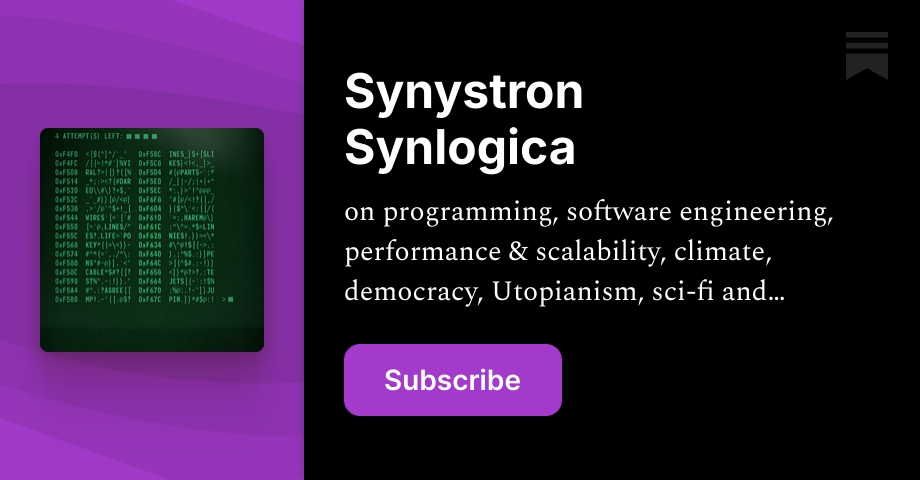
When To and When Not To Use Functional Programming
Functional programming is not a new paradigm. According to Wikipedia, the idea started popping up in the 1930s. The main concept behind it is to compose functions in a chain.
Unlike the imperative way of programming where developers have to store the state, functional programming is stateless. All computations and data manipulations happen in functions without keeping the intermediate state of the data. You can think of it as a pipe: Each piece is a function that receives some data and returns the result. That result becomes an input for another function.
The functional programming concept is powerful and has gotten the attention of many developers. Many modern programming languages support it. There are even pure functional languages like Clojure, Haskell, and F#.
Functional programming gets its traction when it comes to filtering data and changing the format. If solutions require filtering out some data, changing the order, or picking only certain pieces of data, then there is a good chance you are on the right path. Let’s explore the following example:





















